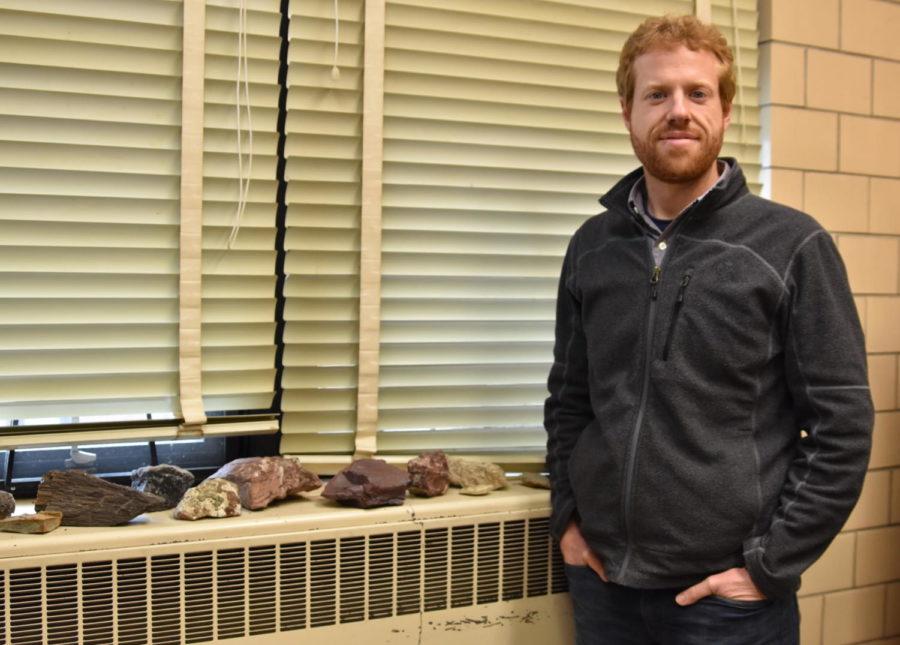ISU paleontologist discovers oldest monkey fossil in North America
April 27, 2016
One ISU paleontologist’s discovery in the Panama Canal is now North America’s oldest monkey fossil.
In 2012, Aaron Wood, paleontologist and director of Iowa State’s Carl F. Vondra Geology Field Station, discovered the fossil—a monkey’s tooth—when he was a postdoctoral research associate for the Florida Museum of Natural History.
“The teeth themselves look like they come from an animal that died yesterday,” Wood said.
Wood said the discovery shined new light on the dispersion of animals across the continents millions of years ago.
Up until this discovery, the earliest evidence of animals moving from South to North America was dated 9 million years ago.
“What this new monkey tells us, is that those sloths that appeared 9 million years ago weren’t the earliest dispersers,” Wood said.
This makes the fossil teeth the oldest direct evidence of immigration between the two continents 12 million years before the previous evidence suggested.
Wood’s career took him to Panama when the country was expanding the Panama Canal. Widening the canal exposed types of rocks that hadn’t been seen for 100 years, since the original construction of the canal.
“In the tropics, the climate is so wet that every time you have an exposed rock, plants will quickly colonize it and turn it into soil,” Woods said, which makes well-exposed fossils hard to come by.
Wood was interested in paleontology from a young age, when he grew up in southern Indiana near a limestone quarry, and would go “fossil collecting” in his driveway.
“Fossil hunting is kinda like treasure hunting, so there’s a little thrill every time you find something,” he said. “I was really excited, because as a paleontologist you always want to be the first person to discover something.”
Wood said over time, the importance of the teeth kept growing.
Wood considers Iowa State a great place for geology, adding that the fieldwork students can participate in is a valuable learning experience.
“I’m used to doing a lot of fieldwork for my Forestry classes, and I definitely think hands-on learning is the best for preparing you for real work,” said Michael Aksamit, junior in forestry.







